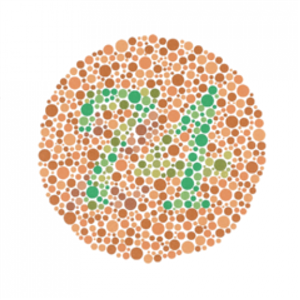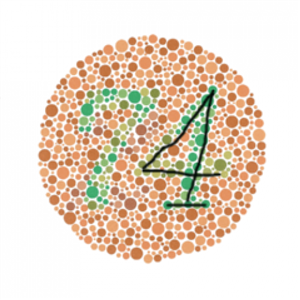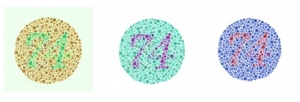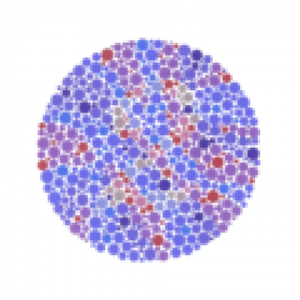
Lisa Miles:
Now researchers have developed contact lenses designed for those with deuteranomaly, the form of colour blindness that makes it difficult to differentiate between red and green.
Andy Millar:
The abstract is here https://www.osapublishing.org/ol/abstract.cfm?uri=ol-45-6-1379 which also allows access to the full paper (but that needs to be bought)
The best public article I've found about it is here https://www.osa-opn.org/home/newsroom/2020/march/seeing_red_green_and_in_between/
Cheers,
Andy
Posted by Alasdair Anderson on Feb 25, 2020 11:50 am
davidwalker2:
on-line tests are only a broad indicator of colour vision, you really need hard copy Isihara charts to be sureDavid,
Thanks for the warning but I was not very convinced (more surprised) by the results I got. As you say there will be variations between monitors but also the scan will introduce its own variation. I did both the Ishihara 39 Plate test and then followed it with the Farnsworth D-15 Colo(u)r Arrangement Test. For the latter I only got one colour out of position (though pretty spectacularly awry) and it judged me to have normal colour vision. For the Ishihara I had grave doubts about the result as for a handful of plates I was unable to give an answer and it seemed to discount those from the mix rather than counting them as wrong, so even the marking algorithm might be wrong. . .







We're about to take you to the IET registration website. Don't worry though, you'll be sent straight back to the community after completing the registration.
Continue to the IET registration site